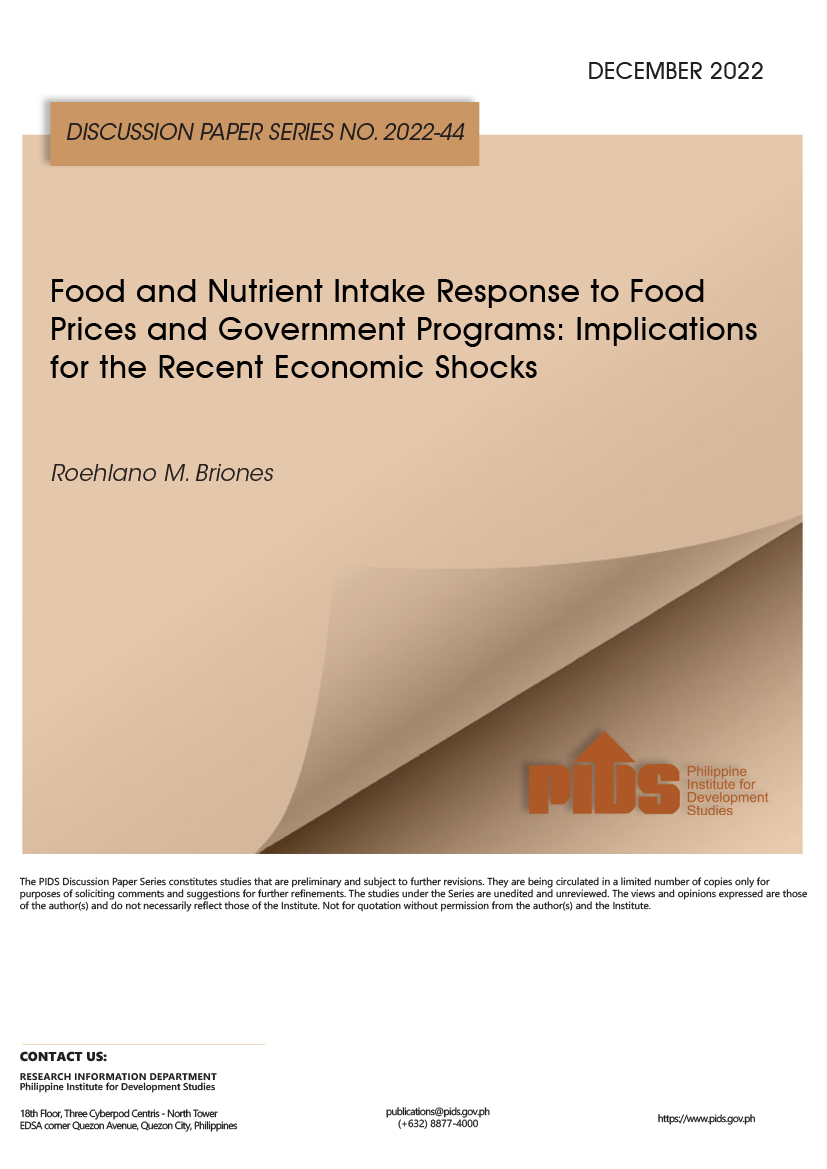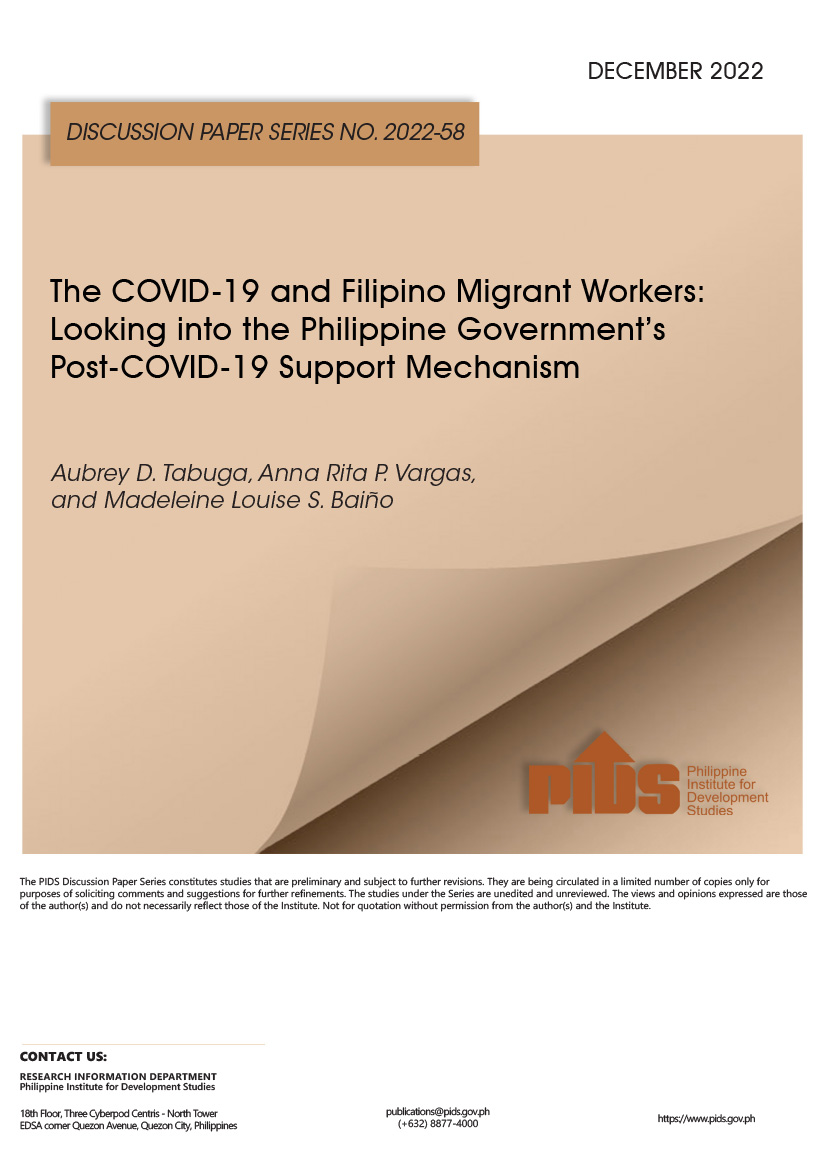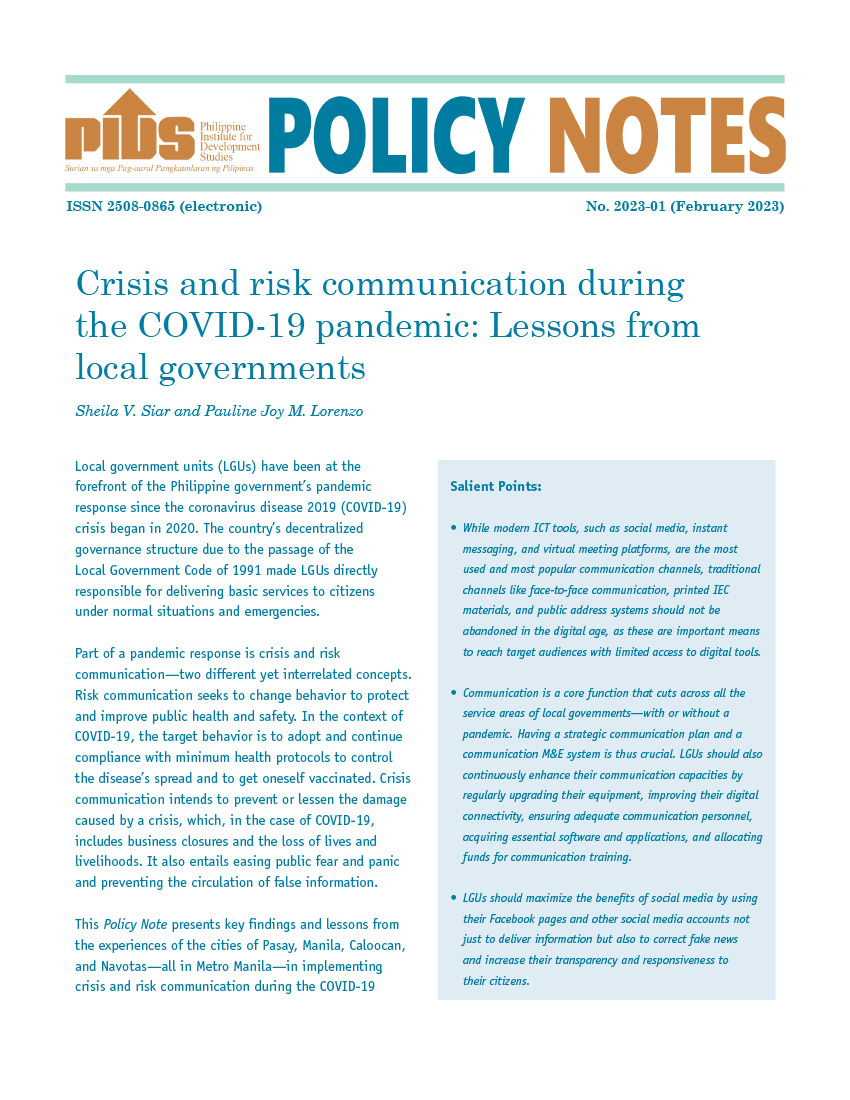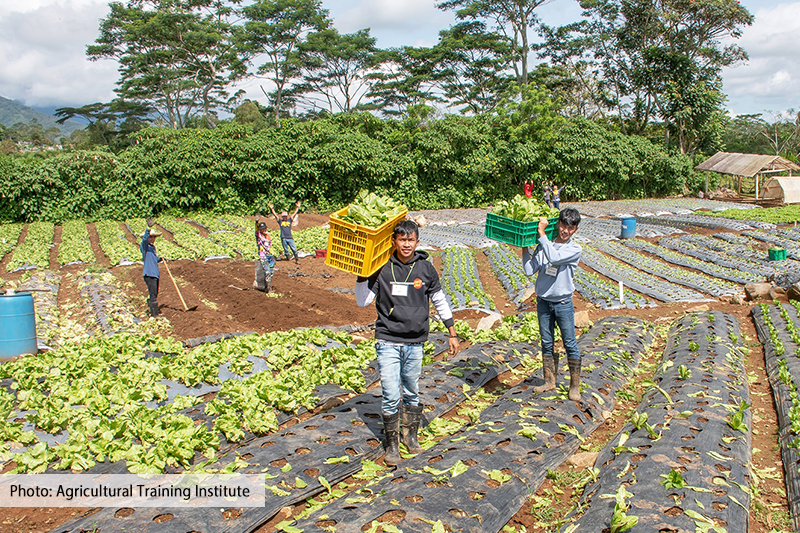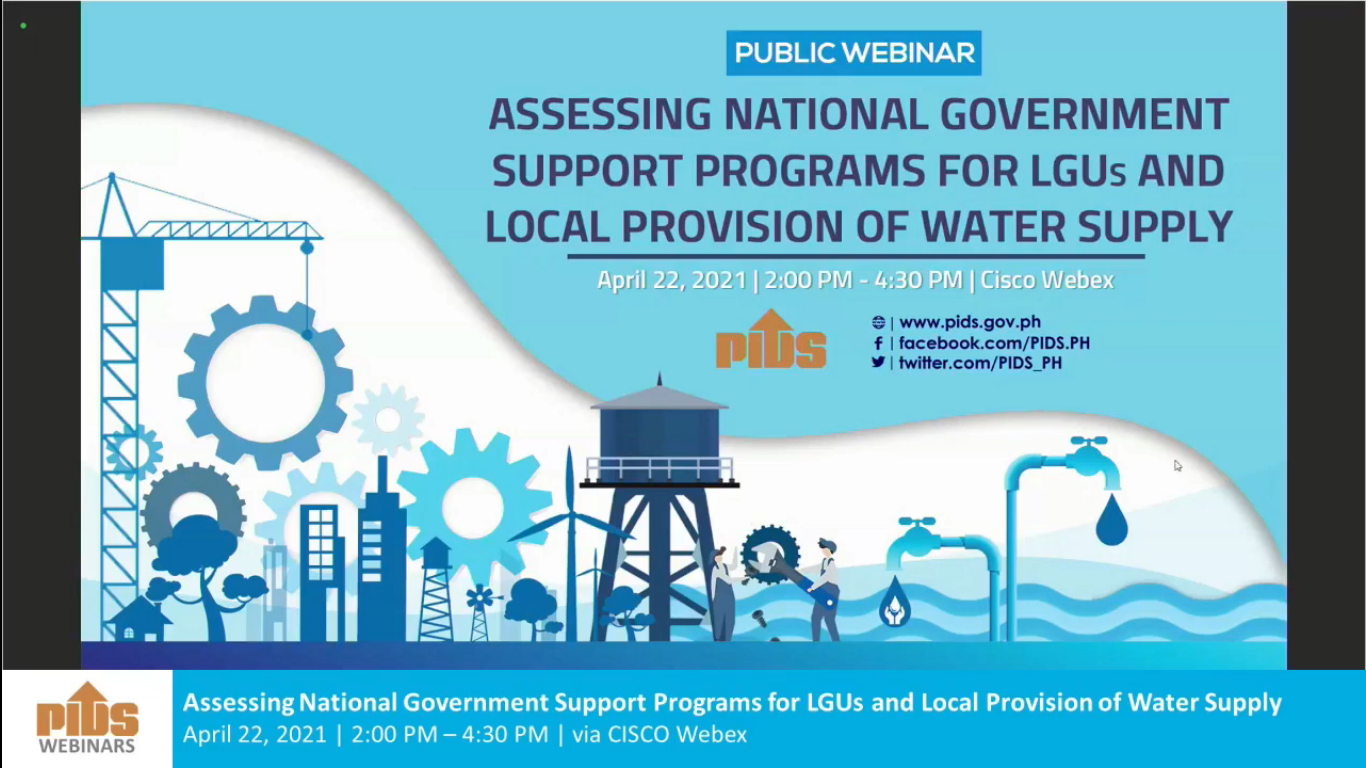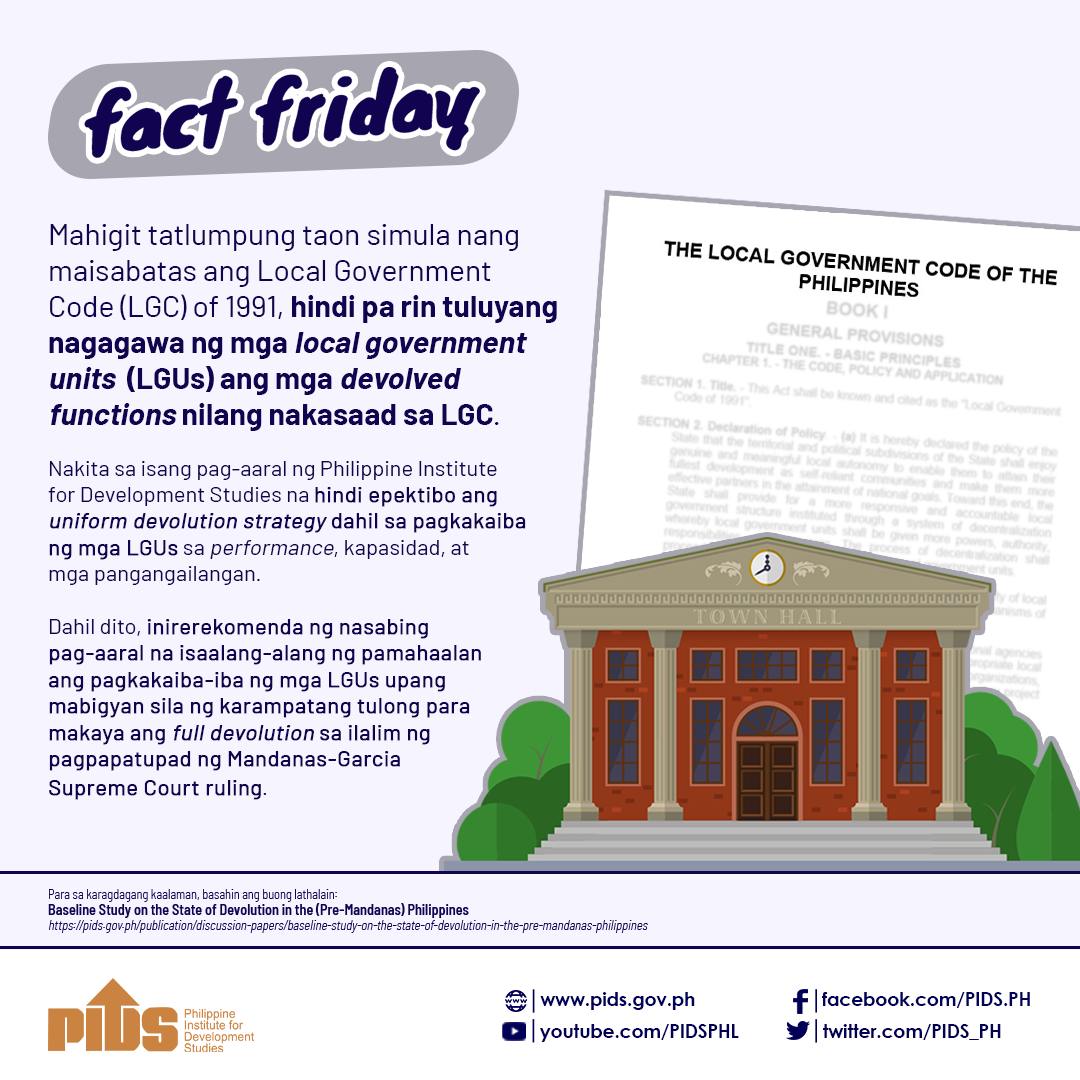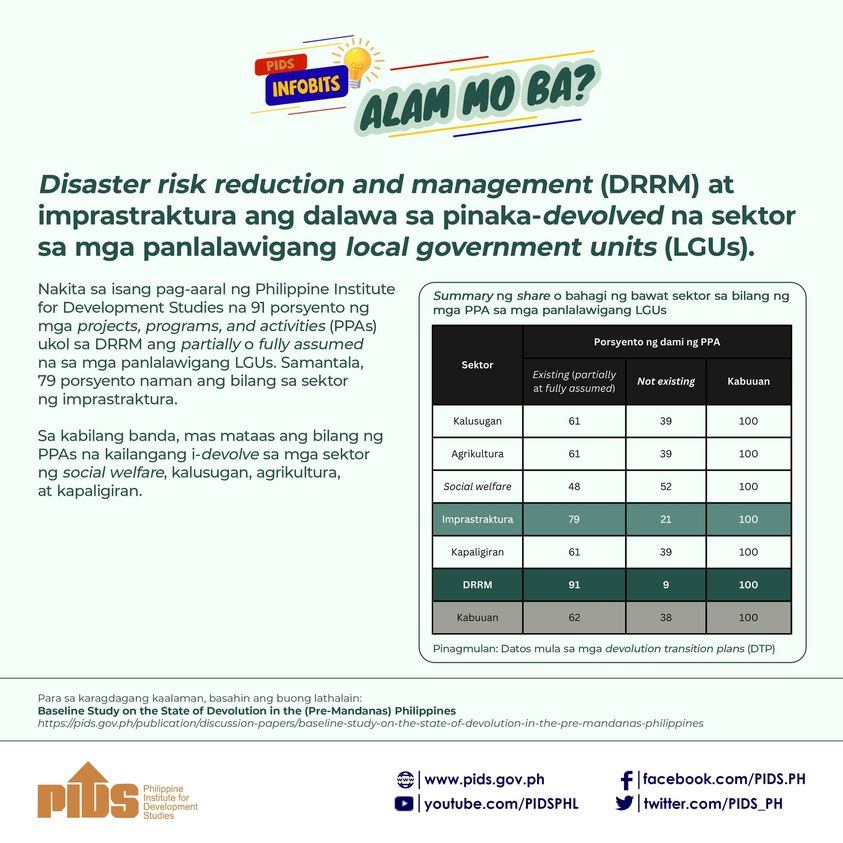With their disaster equipment and facilities to prepare for and respond better to calamities.
Edilberto Paradela, DOST 7 director, said they have observed few fatalities during calamities in areas where officials and the people are prepared.
Paradela said municipal and city risk reduction officers can study the government’s data on rainfalls.
“There is a six-year period data of rainfalls from 2010 to 2016 that they can use for research in disaster preparedness,” he said.
Paradela also said the LGUs can do disaster mapping, which includes identifying flood-prone areas.
DOST, though, has already turned over to the municipalities and cities a hazard mapping study conducted by the University of San Carlos.
If disaster officers, mayors and even residents can make use of this hazard map, Paradela said they can come up with a customized response to disasters in their respective areas.
Paradela also said that LGUs can do resource mapping.
It seeks to have a policy or new research activity toward renewable energy, available water resources, and coastal and forest management.
Speaking during the Kapihan sa PIA (Philippine Information Agency) last Wednesday, Paradela also disclosed that they have established water level sensors in major basins in critical and strategic areas in Cebu.
“If we have more funds or with the support of LGUs, we can buy additional equipment for flood prone areas,” he said.
The DOST is observing the Development Research Planning Month.
Meanwhile, Department of Social Welfare and Development Planning Officer Anthony Arsenal said their agency is pushing for the social protection concept of disaster response.
The concept addresses all types of risks such as individual life-cycle risk, economic risk, natural and environmental risks, he added.
For their part, Dr. Eugenia Mercedes Canal of the Department of Health 7 said they coordinate with the Office of Civil Defense for disaster risk reduction.
During disasters, point-persons in different LGUs report to DOH 7 the diseases affecting their localities.
Dr. Marife Ballesteros of the Philippine Institute for Development Studies also highlighted the importance of disaster response in the financial and business sectors.
This is the reason the Bangko Sentral ng Pilipinas is now included in the disaster preparedness team, considering that the economy is also affected during calamities.
“If you have a strong economy like Japan (which is always hit by earthquakes and tsunamis), then you will have the resources to address risks,” she said.//
Edilberto Paradela, DOST 7 director, said they have observed few fatalities during calamities in areas where officials and the people are prepared.
Paradela said municipal and city risk reduction officers can study the government’s data on rainfalls.
“There is a six-year period data of rainfalls from 2010 to 2016 that they can use for research in disaster preparedness,” he said.
Paradela also said the LGUs can do disaster mapping, which includes identifying flood-prone areas.
DOST, though, has already turned over to the municipalities and cities a hazard mapping study conducted by the University of San Carlos.
If disaster officers, mayors and even residents can make use of this hazard map, Paradela said they can come up with a customized response to disasters in their respective areas.
Paradela also said that LGUs can do resource mapping.
It seeks to have a policy or new research activity toward renewable energy, available water resources, and coastal and forest management.
Speaking during the Kapihan sa PIA (Philippine Information Agency) last Wednesday, Paradela also disclosed that they have established water level sensors in major basins in critical and strategic areas in Cebu.
“If we have more funds or with the support of LGUs, we can buy additional equipment for flood prone areas,” he said.
The DOST is observing the Development Research Planning Month.
Meanwhile, Department of Social Welfare and Development Planning Officer Anthony Arsenal said their agency is pushing for the social protection concept of disaster response.
The concept addresses all types of risks such as individual life-cycle risk, economic risk, natural and environmental risks, he added.
For their part, Dr. Eugenia Mercedes Canal of the Department of Health 7 said they coordinate with the Office of Civil Defense for disaster risk reduction.
During disasters, point-persons in different LGUs report to DOH 7 the diseases affecting their localities.
Dr. Marife Ballesteros of the Philippine Institute for Development Studies also highlighted the importance of disaster response in the financial and business sectors.
This is the reason the Bangko Sentral ng Pilipinas is now included in the disaster preparedness team, considering that the economy is also affected during calamities.
“If you have a strong economy like Japan (which is always hit by earthquakes and tsunamis), then you will have the resources to address risks,” she said.//

